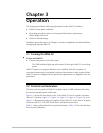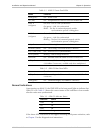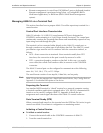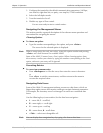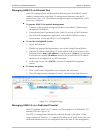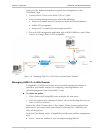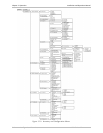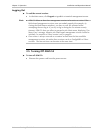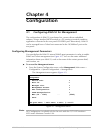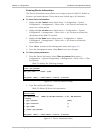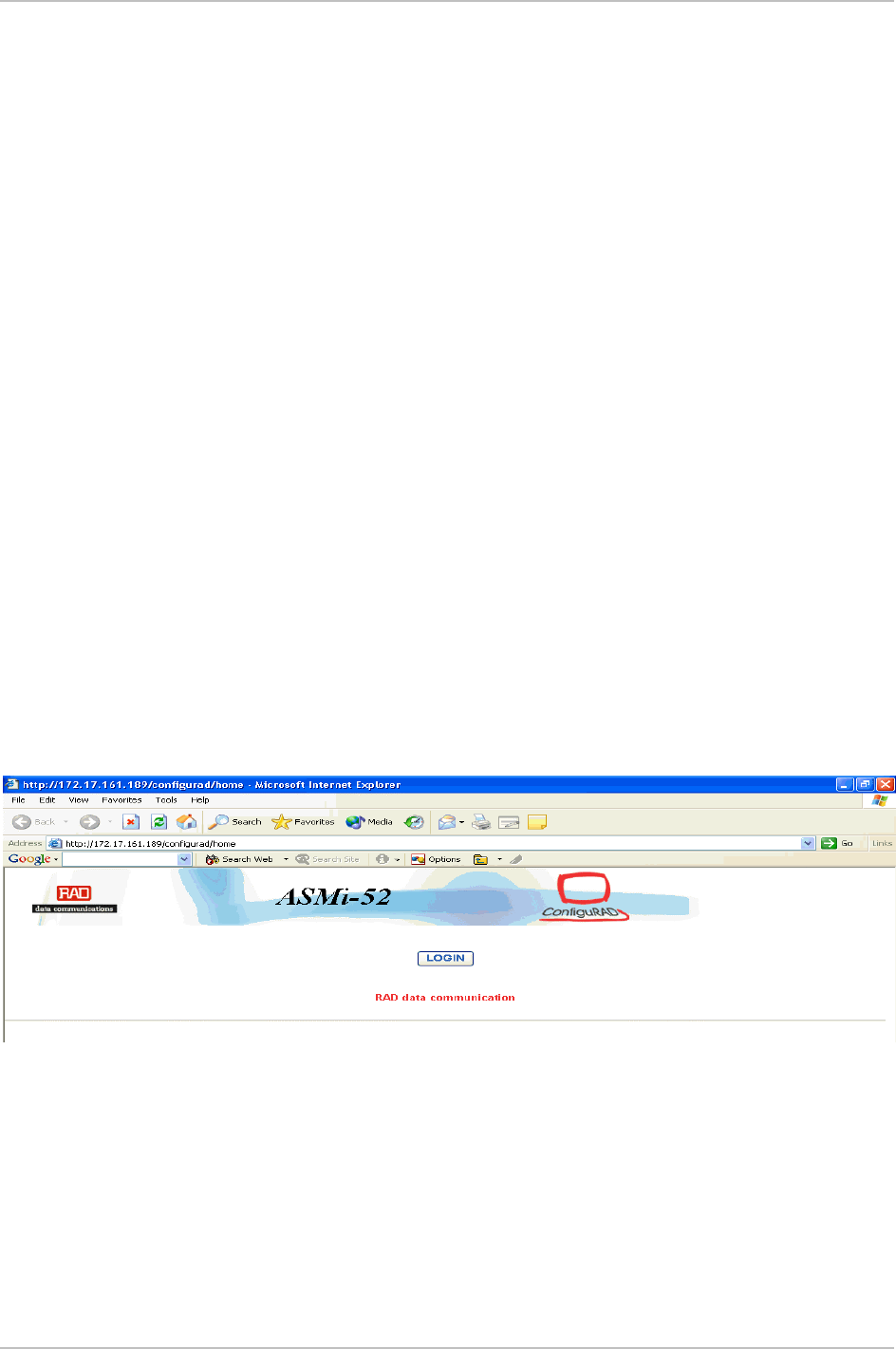
Installation and Operation Manual Chapter 3 Operation
ASMi-52 Ver. 2.5 Configuration Alternatives 3-9
Managing ASMi-52 via Ethernet Port
ASMi-52 is equipped with an Ethernet/Fast Ethernet port (10/100BaseT) which
enables communication with ASMi-52 management subsystem using the IP
protocol (see Figure 3-9). The Ethernet management port is configured for a LAN
cross-over connection.
To prepare ASMi-52 for network management:
1. Connect a LAN network management station to the ASMi-52 Ethernet port
designated 10/100BaseT.
2.
Configure the host IP parameters of the ASMi-52 unit via an ASCII terminal.
3.
Run an SNMP management application, such as RAD’s RADview, open a
Telnet session, or manage ASMi-52 via ConfiguRAD.
To start the ConfiguRAD session:
1. Start a Web browser.
2. Disable any pop-up blocking software, such as the Google Popup Blocker.
3. Enter the IP address of the ASMi-52 in the address field of the browser in the
following format: http://<IP address> and then press <Enter> to command
the browser to connect (IP address stands for the actual ASMi-52 IP address
which has to be assigned via an ASCII terminal).
4. In the Login screen, click LOGIN to start the ConfiguRAD management
session.
To choose an option:
1. Click a link in the ConfiguRAD screen to display the next menu.
2. Once the target screen is displayed, select a value from the drop-down box.
Figure 3-8. ConfiguRAD Login
Managing ASMi-52 via a Dedicated Timeslot
ASMi-52 modems with E1 or T1 interface can be managed via a dedicated E1/T1
timeslot (DTS) (see Figure 3-9).
The DTS is a management channel that connects directly to the ASMi-52 host
using a separate IP interface, i.e., separate IP address and IP mask. If the LAN and
dedicated timeslot services are configured to have the same IP, the management



